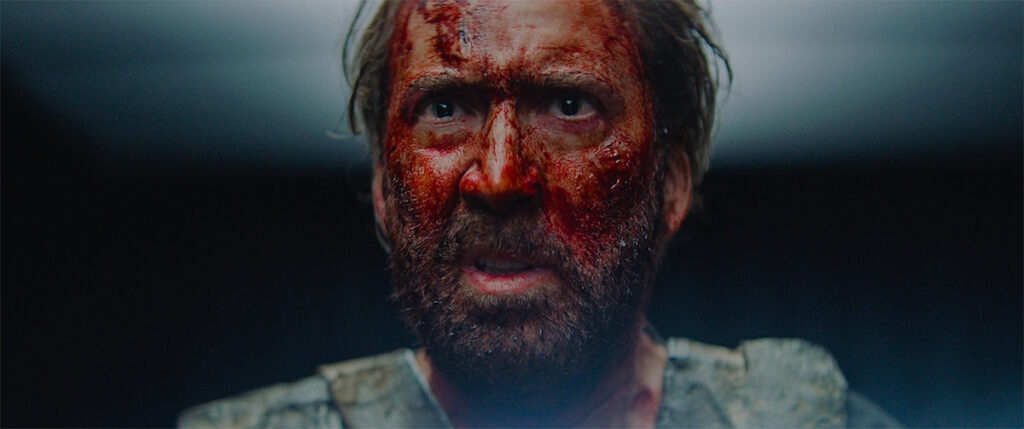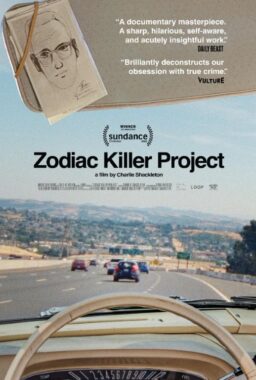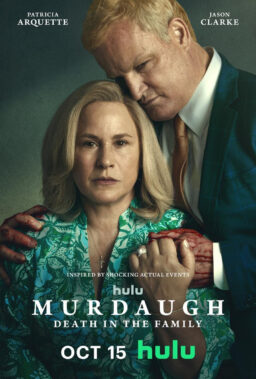Just by being the second movie from Panos Cosmatos (the director of cult favorite “Beyond the Black Rainbow”), “Mandy” would be a noteworthy Sundance film by its very selection alone. But add Nicolas Cage to the mix, and the buzz factor skyrockets. The two have combined their powers here, and it’s like watching two very extreme filmmaking forces find each other and create something beautiful (and uber gory and wild as hell, of course). For all of the endless feral performances that Cage has given, in movies good, bad and forgettable, Cosmatos’ style-driven, ‘80s-tastic passion for weird worlds and characters takes full advantage of Cage’s greatness, and then some.
The story is simple enough. Cage plays a man in 1983 who, to put it lightly, seeks vengeance. There’s a lot of weird, then quiet, then loud stuff that happens before this quest for vengeance, and it’s all expressed by Cosmatos with his heavy color filters and a new appreciation for extra wordy dialogue, all in service of an atmosphere that’s potent with the likes of Jodorowsky and Lynch. For better or worse, Cosmatos is the dominating force for “Mandy”‘s avant-garde horror first half, relishing demonic synth music cues (from Johann Johannsson) and establishing many characters as mysterious, rambling beings of an insidious universe.
His script, co-written with Aaron Stewart-Ahn, starts with a peaceful existence that Cage’s Red has in the woods with his titular wife (Andrea Riseborough). Eventually, this is all destroyed by Jesus freaks, led by a man named Jeremiah (Linus Roache). The two are captured and brutally tortured by cartoonish cult members and spiky demonic beings who ride in on ATVs, accompanied by more ethereal, gibberish conversations. It’s those latter moments in which the film started to lose me, where even Cosmatos’ extensive bits of dialogue felt like his definitive interest in style over substance, complemented by his various post-production masturbatory visuals. And even though Andrea Riseborough is quite good as Mandy, presenting an innocence that is all the more tragic, this movie is all atmosphere. But this reveals itself to be an expressive, very worthwhile slow burn.
By its second half, “Mandy” offers supreme genre excitement as Cage takes center stage; Cosmatos’ accomplished, stylized action makes for a roller coaster ride into hell with the specific type of ridiculousness that will more than exhilarate members of his own cult. There are many gems within his performance: First, it’s Cage’s fluctuation between full-out screaming and traumatized crying, running up and down the emotions like a music scale; later it’s the crazed faces he makes, covered in blood, when fighting demon men with massive chainsaws or a super axe that he makes himself. Cage reminds us, if we had even forgotten, of his serious action abilities, but also of his dramatic potential. He creates a full journey for a nightmarish character who may not have worked being played by a less iconic genre fixture.
As if its sole goal was to take the heavyweight title of Nicolas Cage’s Craziest Movie Ever, “Mandy” exhibits what Shakespeare called “vaulting ambition” in producing the nuttiest ways for Cage to get into one phantasmagorical showdown after the next. Cosmatos’ full-out stylization complements it all, the director’s interest in scope and detailed production design leading to costumes, weapons and locations that elicit their own sense of wonder. “Mandy” shows an actor in his element and a director growing into his own, and we merely bask in this union in all of its cuckoo crazy glory.












